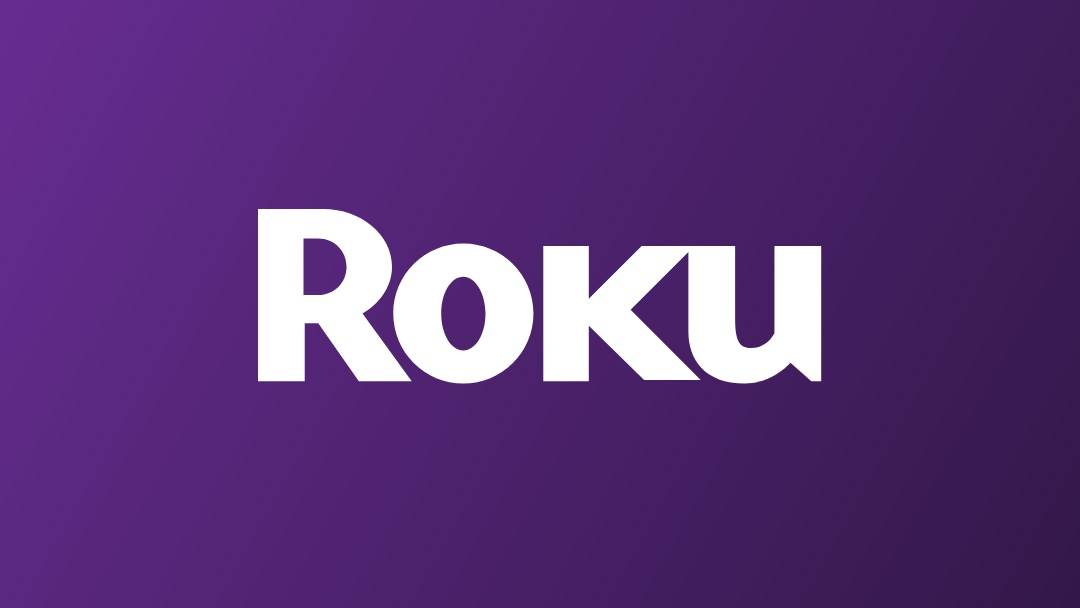NAB's Pilot Plan
WASHINGTON—“No broadcaster left behind” could be the moniker of the National Association of Broadcasters’ newly renamed investment arm, a move that recognizes that this association of broadcasters can no longer just be about broadcasting.
Three years ago, the NAB debuted an internal program that would look outside broadcasting to find the types of technology that would continue to drive broadcasting forward. Circular logic though that might be, the program billed itself as a means of scouting out new partnerships behind the scenes and pulling the curtain back on new technology—though to a casual observer, the first question might be: “what does that have to do with TV and radio?”
But the NAB has capitulated to the fact that broadcasting is no longer just about sending signals over the air. The solution is to take a deeper dive into the digital world as it relates to new multiplatform digital business for NAB members, which means mobile, streaming, virtual reality and the like.
“We want to look at the way that these multiplatform digital platforms are becoming such an important part of our traditional business, by better understanding consumption,” said Sam Matheny, executive vice president and chief technology officer for NAB.
PLAY ON WORDS
Formerly named NAB Labs, NAB has rebranded this young program “Pilot,” a play on words that Matheny believes will help reinforce the organization’s internal efforts and get more than just “broadcast” around the proverbial table.
“If you think about it, there are pilot signals in TV that are the first and most tunable part of the signals, and there are pilot tones in radio that indicate that these are the frequencies I need to tune to,” said Matheny. “There are pilot programs in both, experimentation in both, and pilot experimentations are done to prove things out.”

Sam Matheny, NAB CTO When it came to rebranding the NAB Labs moniker, the organization thought that the research arm should be about navigating the future, Matheny said, which includes but is not exclusive to broadcast. “When you have the NAB Labs [name], you are literally leading with the trade association name,” he said. “A lot of people will think [this organization] is about advocacy. We want to still be able to leverage that, but be very intentional about this being a navigation of broadcast’s future. We want to be on that leading edge and helping to define what comes next.”
Get the TV Tech Newsletter
The professional video industry's #1 source for news, trends and product and tech information. Sign up below.
The program’s mission and scope: to invest time and resources in burgeoning organizations whose technology will provide directly applicable benefits for radio and TV broadcasting. The Pilot initiative is designed to pull in new media broadcasters, advertising partners, technology enablers and measurement and attribution companies. Former media exec John Clark has been named executive director to lead the launch and evolution of Pilot, which counts Accenture, Akamai, Google, Nielsen, Shareablee and Yahoo! among its charter members.
“We have unparalleled opportunities to advance how we serve our audiences,” Clark said. “We’ve launched Pilot to explore the answers to these questions with the people directly and indirectly involved.”
Matheny said there is no one single methodology behind Pilot’s investment strategy, but the organization has been “intentional” in endorsing companies with technologies that NAB members should be aware of, including augmented and virtual reality and “Hybrid TV,” which enables a TV receiver to customize the viewing experience through voluntary collection of user data and preferences. While Matheny was mum on what new investments are on the horizon—as well as on whether funding for the Pilot program comes from NAB member fees or other sources—he said the organization is considering small-scale investments that will help the broadcast industry see further into the future.
“We want to be involved with the startup community,” he said. “We are actively going out and meeting with and seeing pitches from a whole variety of startup companies that are boundary-spanning.”
INVESTMENTS TO DATE
To date, the program has invested in Yet Analytics, Antenna and Syncbak, and partnered with 1776, a hub company that provides resources and networking connections for startups, and the Dingman Center Angels, an investment group that provides resources and networking connections for early-stage companies. As NAB Labs, the group’s efforts ran parallel to work that the larger NAB organization has been doing with internal programs like FASTROAD, a technology advocacy program; and SPROCKIT, a program at the NAB Show that gives market-ready startup companies the opportunity to present to media and entertainment executives.
The then-NAB Labs made investments in a number of startups that were developing technologies that would be beneficial for broadcast. In January, just prior to announcing the name change, NAB Labs made public its investment in Yet Analytics, a Baltimore startup that provides technology platforms for the collection and analysis of data within Fortune 500 companies and other large organizations. The essence of the technology is that it can simplify and leverage so-called “big data” analytics. “Here there was this notion of big data and this sort of multiplatform measurement,” Matheny said.
According to Yet Analytics CEO Shelly Blake-Plock, broadcasters will continue to see an increase in the number of data sources and the variety of data types now being produced across industries. “It is in this environment that the real-time collection and analysis of performance metrics will provide game-changing insight into the way that businesses function in a fully-immersive digital world,” he said.
The organization’s investment in the OTT company Syncbak and its live streaming solution was a success, Matheny said. Syncbak is currently powering real-time streaming for the CBS All Access OTT service as well as providing OTT services for Fox O&O affiliates and Raycom Media.
Pilot has also made an early-stage investment in the startup firm Antenna, which built an online engagement platform that enables users to react to and interact with mobile and web content. Antenna measures audience sentiment from these reactions, including responses to news and entertainment content, and provides a means for media companies to determine what online content is resonating with audiences.
“It’s a unique and creative platform that allows people visiting mobile sites of content producers to pick which piece of content they want,” Matheny said.
MEASURING SUCCESS
That arena of measurement and engagement will be a key one for Pilot in the coming months as the organization continues its research and invest in a new set of companies.
“When looking at measurement for traditional over-the-air or linear listening, more has to happen,” Matheny said, whether the audience is listening via a traditional radio station or via an online app for a TV network. Both radio and TV need to get a better sense of how people are listening, how they are sharing their opinions and what that means for overall content consumption.
So how do you use this data to help your station? “We want to help develop solutions that will measure across all platforms to determine how to make content more discoverable, how to better measure engagement and how to ensure that our member’s content is positioned the best way that it can be,” Matheny said.
While Pilot is not a venture capital fund and is not placing “big bets” on individual companies, the program is trying to be “intentional” with its investments in an effort to see further into the future and work with these innovative companies, Matheny said.
The organization will also be focused on content creation and gathering, content distribution and monetization.
At the NAB Show this spring, Pilot will introduce a new exchange program that will provide educational programming to those with digital leadership responsibility at a station.
Also see...
Feb. 19, 2016
“NAB Pilot Invests in Haystack TV”
Users select trending topics based on their interests, resulting in a tailored headline news channel based on the user’s tastes.
Susan Ashworth is the former editor of TV Technology. In addition to her work covering the broadcast television industry, she has served as editor of two housing finance magazines and written about topics as varied as education, radio, chess, music and sports. Outside of her life as a writer, she recently served as president of a local nonprofit organization supporting girls in baseball.

